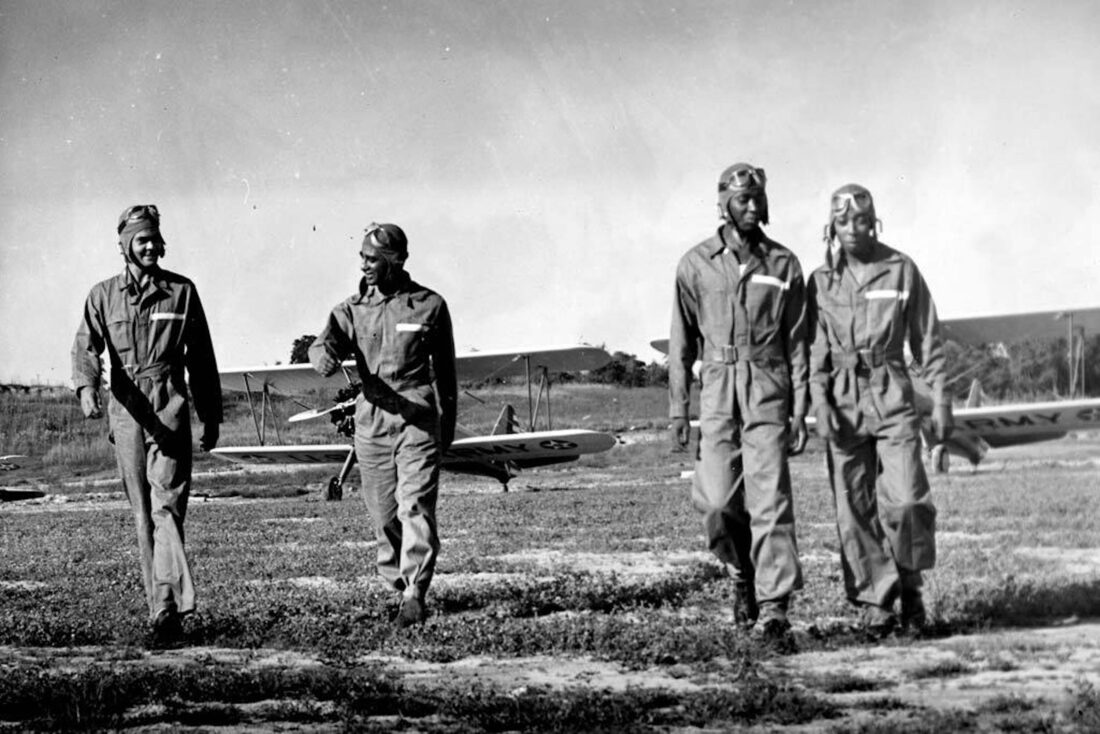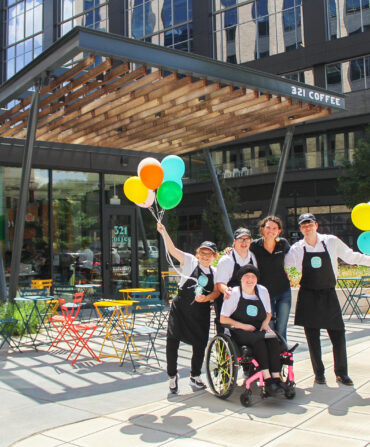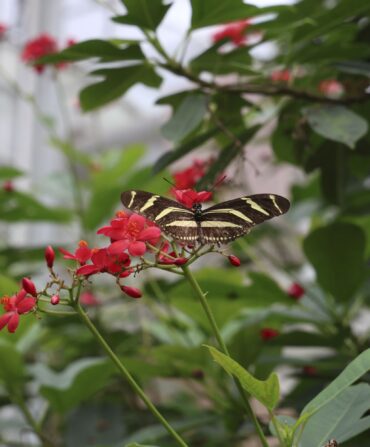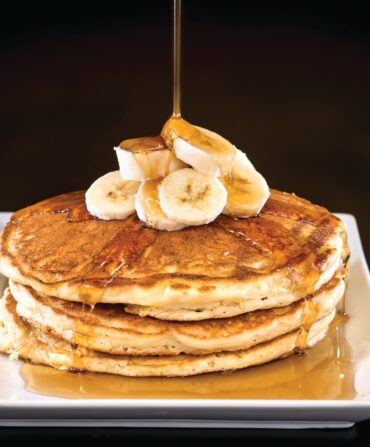The South is full of unexpected corners in which to learn the stories of the Black artists, activists, aviators, and everyday citizens who shaped the region. These seven—small in size, niche in focus, or relatively undiscovered—are worth a detour.
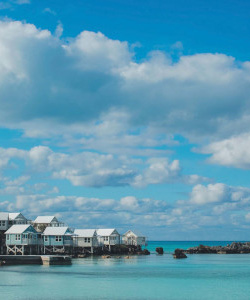
Fort Worth, Texas
Fort Worth’s Polytechnic Heights neighborhood is home to Kinfolk House, a collaborative art and community space in a one-hundred-year-old home. Sedrick and Letitia Huckaby opened Kinfolk in the spring of 2022 to share Black American traditions through art. Each exhibition, or project, features three artists: one local, one Texan from another region, and one from out of state. Past projects include Early Learning, an exploration of trauma and care through visual art, and Woven Together, featuring fabric works. Their next project is slated for March 30, but the space is always open for scheduled tours.
Alexandria Black History Museum
Alexandria, Virginia
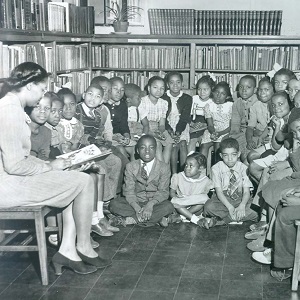
The building that houses this Old Town museum once served as the segregated library for Alexandria’s Black residents. Today it’s used to chronicle those citizens’ histories, examine the legacy of slavery in the city, and spotlight buildings of historic importance. Related sites within walking distance include Alexandria African American Heritage Park, featuring bronze memorial sculptures by artist Jerome Meadows, and the Watson Reading Room, home to more than four thousand books and sources of archival research related to Black Alexandrians.
Birmingham, Alabama
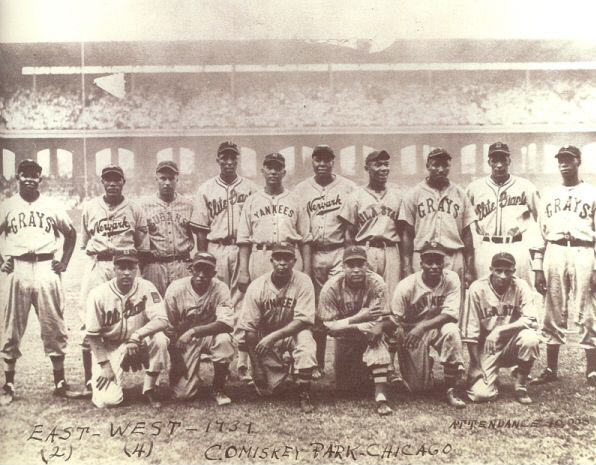
Baseball was more than a game for the Black men of the Negro Southern League; it provided a community and a welcoming space in which to practice athleticism. Birmingham is a central part of their story because in 1920, the league’s first team—the Birmingham Stars, later renamed the Black Barons—formed. Fittingly, this free museum holds the largest collection of Negro Southern League artifacts in the country, including 1,500 signed baseballs and Black Barons photos and uniforms through the years. There’s also a hologram of Satchel Paige and an on-site research center.
Baltimore, Maryland
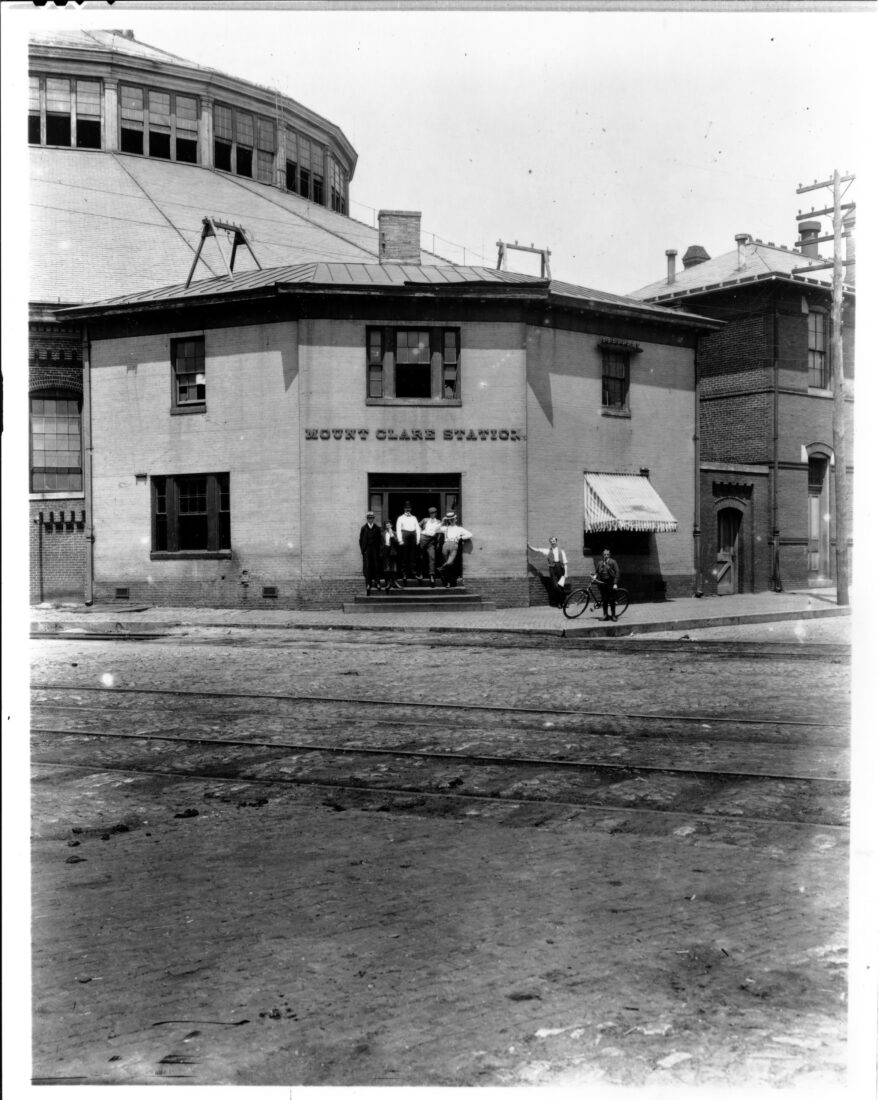
The B&O is home to America’s oldest and most thorough collection of railroad cars, and two exhibitions offer tangible, memorable connections to Black history. In the main area, visitors can go inside a segregated train car from the Jim Crow era; displays within the car drive home the brutalities of segregation and share tidbits about Frederick Douglass’s activism to reverse it. Inside the museum’s historic Mount Clare Station, another exhibition explores the role of the physical railroad in the Underground Railroad and chronicles the journey of Henry “Box” Brown, who mailed himself in a wooden box to escape enslavement.
Tuskegee Airmen National Historic Site
Tuskegee, Alabama
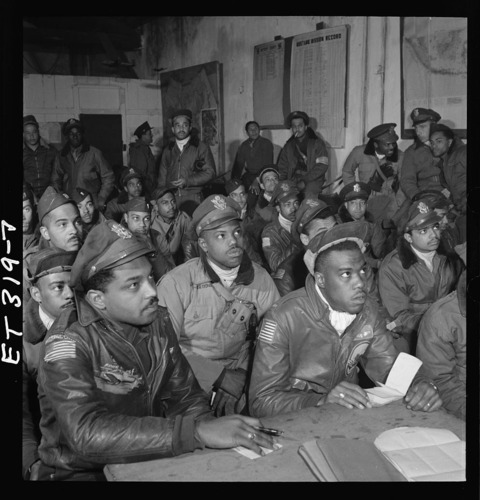
Colloquially known as the Red Tails, the Tuskegee Airmen were the first Black aviators in the military, founded 1941. At this National Historic Site, their experiences and struggles receive proper tribute throughout two museums in what were once functional hangars. Hangar number one features an orientation area, exhibits on their intensive training, and World War II–era aircrafts. A full-sized replica of a P-51 Mustang is the central focus of Hangar number two. Twice-daily ranger talks take place at 10:00 a.m. and 2:00 p.m.
Savannah, Georgia
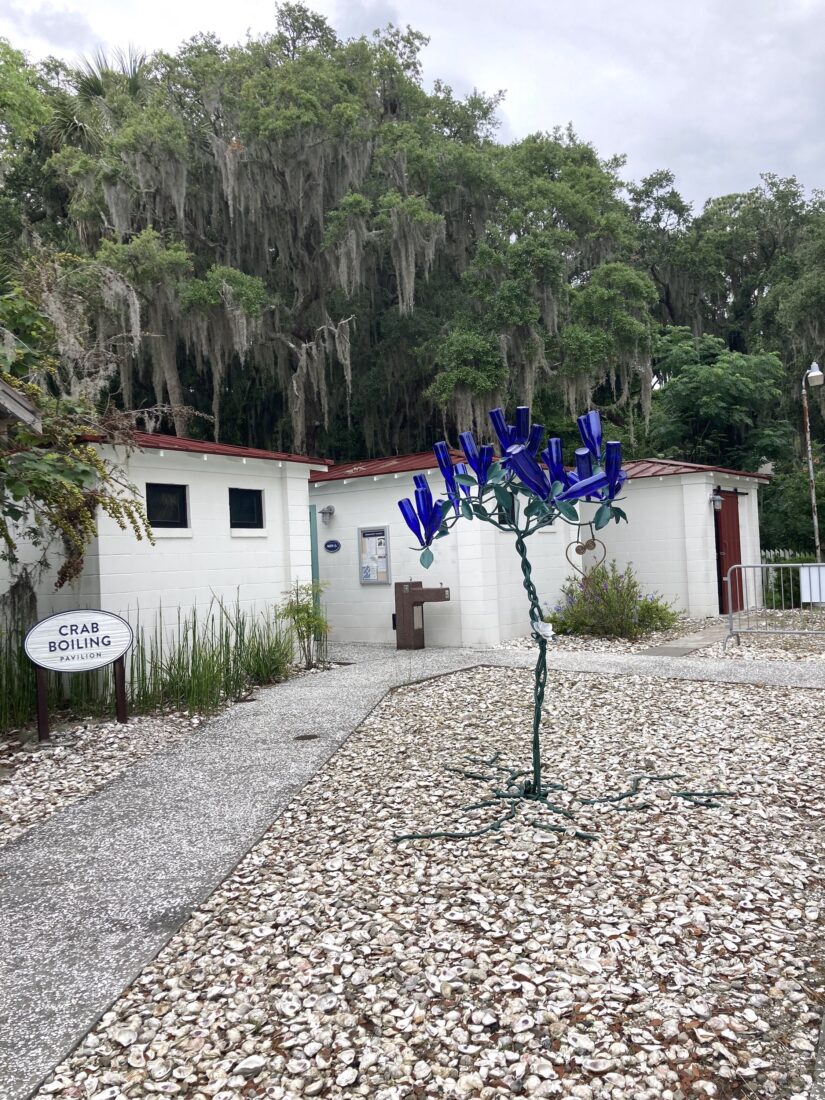
The historically Black fishing village of Pin Point is home to a cozy museum inside the former A.S. Varn & Son Oyster and Crab Factory, established 1926. Here, visitors can tour multiple buildings, including what was the picking and cooling house (where an opening short film plays), to immerse themselves in the daily life and work of the Gullah Geechee families who planted roots in the area.
Manteo, North Carolina
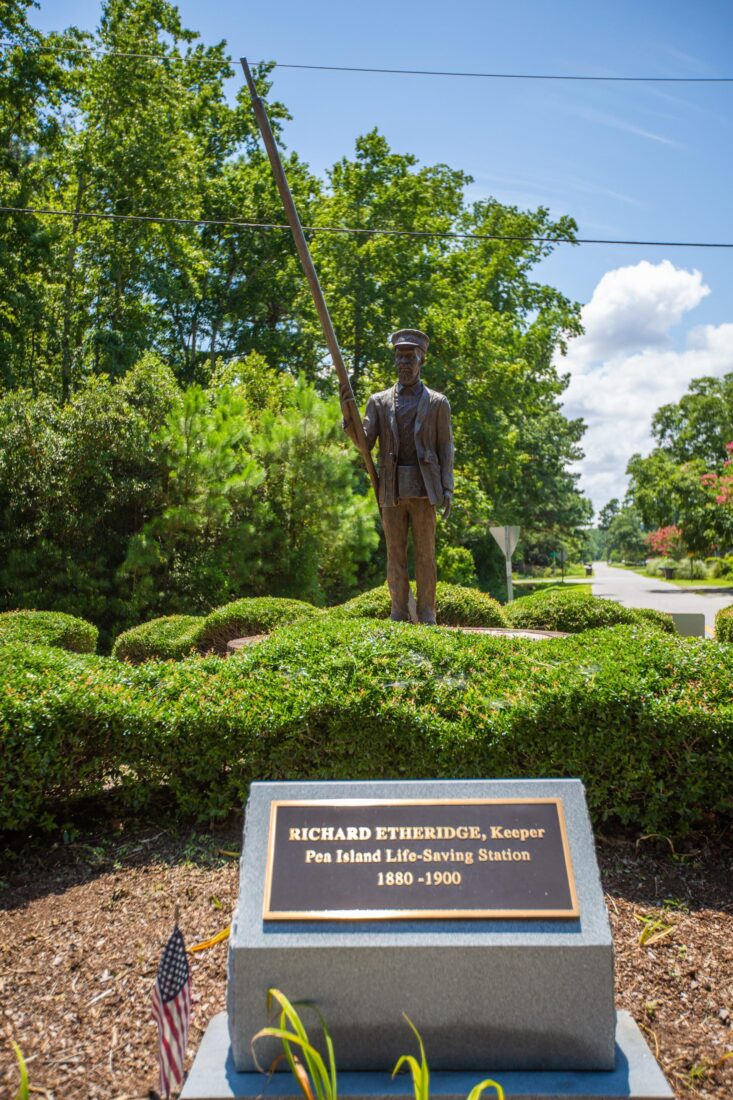
During the late 1800s, the Pea Island Life-Saving Station in the Outer Banks was the only one in the country that employed an all-Black crew. On October 11, 1896, the team, led by Richard Etheridge, who was formerly enslaved, aided in a four-hour rescue of nine people aboard the E.S. Newman; in 1996, the men were posthumously honored for their bravery. Visitors can walk through this former cookhouse, where the “surfmen” would prepare their meals, while gazing at the original signboard of the E.S. Newman and a bronze statue of Etheridge.


